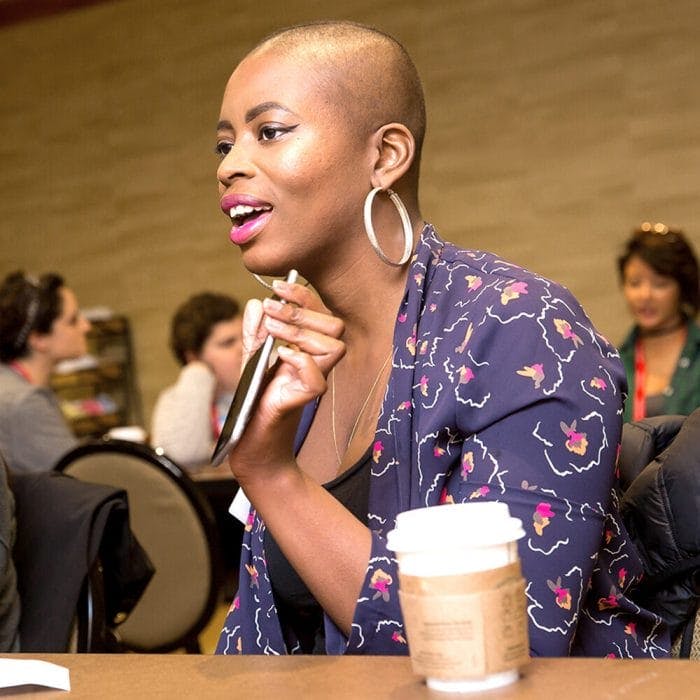Hopelab’s Adolescent and Young Adult (AYA) Cancer team just finished a four month design research phase, during which we met with young cancer patients and survivors across the country to learn about their unmet psychological needs and technology usage. Along the way, we learned quite a bit about the design research process as well. Here’s part one of a three part series about our biggest learnings.
Designing for everyone can mean designing for no one:
We kicked off 2017 with an opportunity to design a “blue sky” solution – in other words, we were not told who (within the AYA cancer community) we had to design for or what the solution had to look like. As it turns out, that can be extremely challenging. For one, the AYA population ranges from 15-39 year olds. This age group shares little in common, except for lower improvements in survival rates relative to pediatric or adult cancer patients. At the same time, this population is (thankfully) small – there are approximately 200k AYA cancer patients in the U.S. at a given time. And finally, the transition from patient to survivor is murky at best – there’s no universally accepted definition for “survivor.”
Given this background, it was extremely challenging to know how to identify common needs in this small but diverse group, and equally challenging to imagine ways to host collaborative design sessions among strangers who spanned a generation.
To get some advice, we spoke with:
- IDEO’s Toy Lab to understand how they design toys for children with widely ranging developmental needs;
- A psychologist who specializes in adolescent brain development to identify distinct developmental phases that we could use to parse out smaller groups;
- A scientist who made us question our core assumption – that cancer is a unifying experience resulting in shared characteristics among the AYA population.
All of these differing opinions could have been paralyzing – but instead, we saw an opportunity to impose constraints on ourselves and adapt them as needed. We decided to start by meeting with AYAs who were on treatment and between the ages of 15 and 25.
Over time, we experimented with loosening our constraints – we met with cancer patients over age 25, cancer survivors, and individuals with other chronic health conditions (not cancer). We learned that many of the notable psychosocial needs we’d initially observed were present outside of our original constraints – they just didn’t come across as strongly as they did for young AYAs.
Imposing strict constraints early in our design process turned out to be a blessing – in designing for users on one extreme of the spectrum, we were able to recognize key characteristics and trends that may not have come through as strongly otherwise. We are now learning that there could be millions of individuals, with cancer and otherwise, who could benefit from our tool.
The Cancer Mindshift blogs are an ongoing series documenting our project work with adolescent and young adult (AYA) cancer patients. This project aims to transform the AYA cancer treatment experience by promoting psychological resilience, empowering young adults to direct their own care, and supporting young people as they leave treatment and begin a new life beyond cancer.





